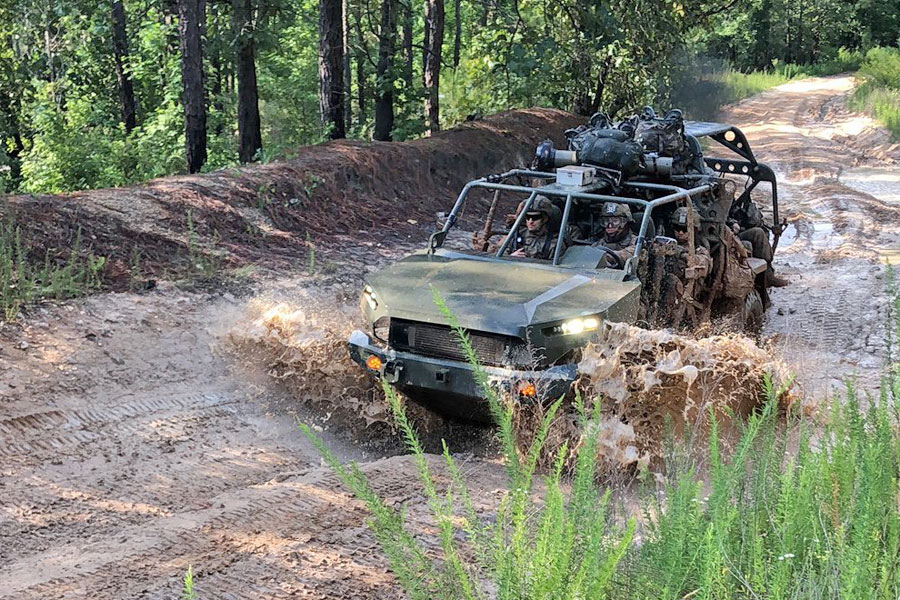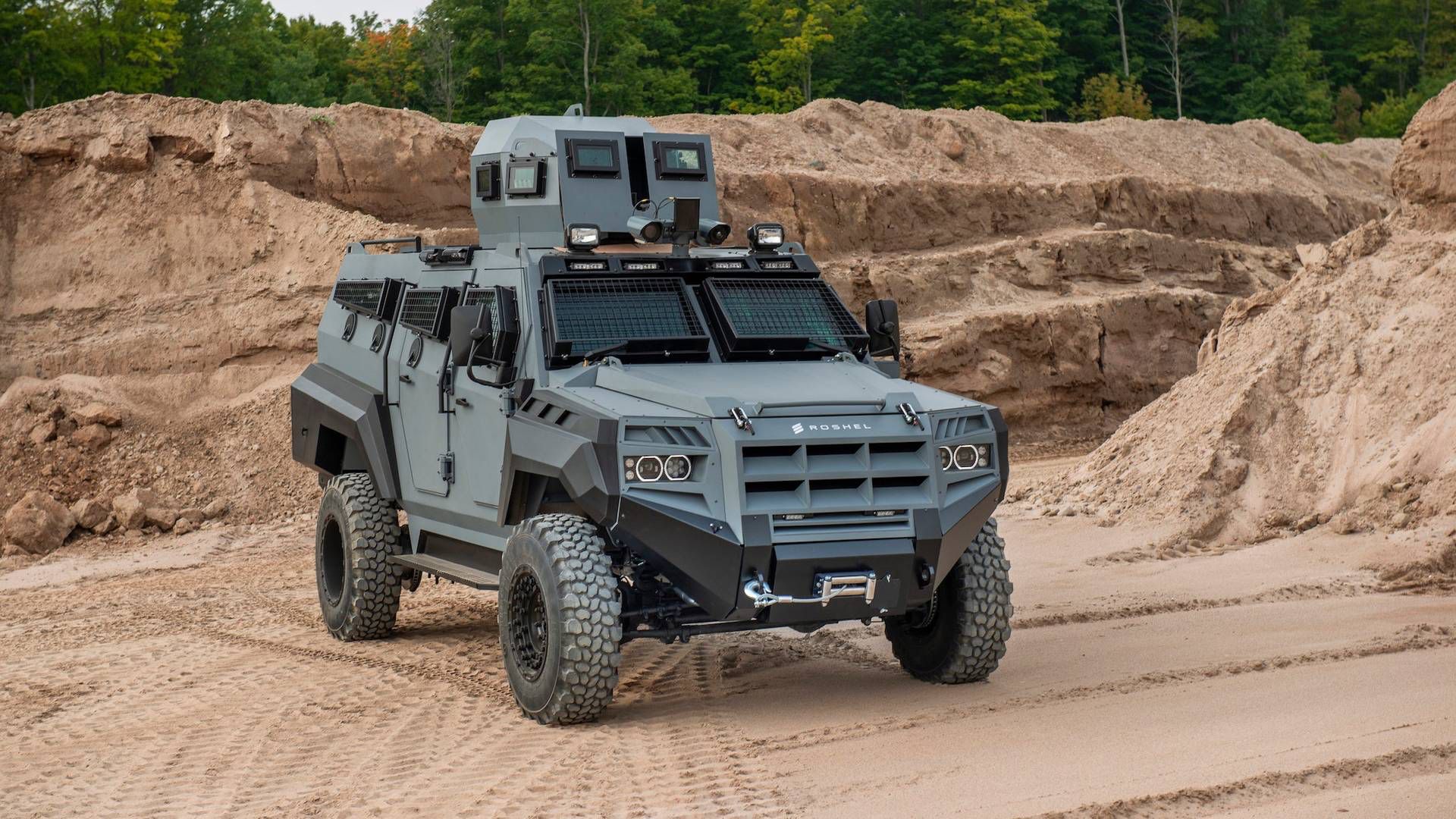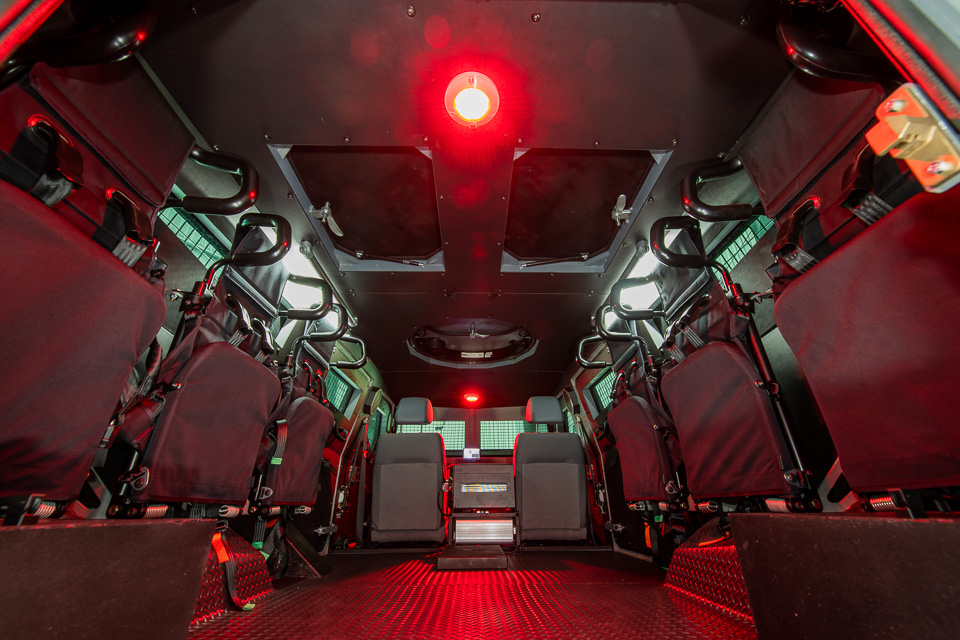- Reaction score
- 22,636
- Points
- 1,260
Light Units aren’t intending to fight from a vehicle. The vehicles are for admin moves, and support.I'd say post 250 sums that up quite nicely. Alternative answer, fill niche 3 in post 251.
When you start to armor Light units, they are no longer light, and more of motorized/Mech units.
Non Airmobile/Airborne Light IBCT units still have reasons for being light.Counter question- If LMV allowed for two vehicles, one to provide mobility enhancement under the weight restrictions required to be useful for Airborne/Airmobile, one that is free to be heavier to provide mobility to the non-airborne/airmobile divisions, would the latter also be an open topped, open sided, dune buggy?
In other words, is a baseline level of protection truly completely valueless, or was the complete absence of protection a cost of meeting requirement?
The Hummer was unarmored repeatedly, some even to levels exceeding what the Senator etc offer. But it still wasn’t a fighting vehicle.
As I understand the ISV lack of armor and the armor kits for the GMV 1.1, it was a weight requirement for movement. Frankly having talked with the ISV PM, it isn’t everything they wanted - but a lot of factors came into play to limit the design, cost was one, but the deployability was a major piece.
—
Having driven and been shuttled around in GMV Hummers, I totally get that aspect. The wind in your hair routine gets pretty sucky with cold and inclement weather conditions, but generally better than walking.ISV is barely tolerable in the Fort Benning environment - Wet, cold and miserable.

Pick a Canadian location anywhere - and I want a heater.
I suspect one could easily add roof/door modules. To make it a little more comfortable (think Iltis in the winter).
But again, I believe certain roles (especially winter operations) are out of the main realm of this vehicle and for the winter the BvS10 is there for that.






